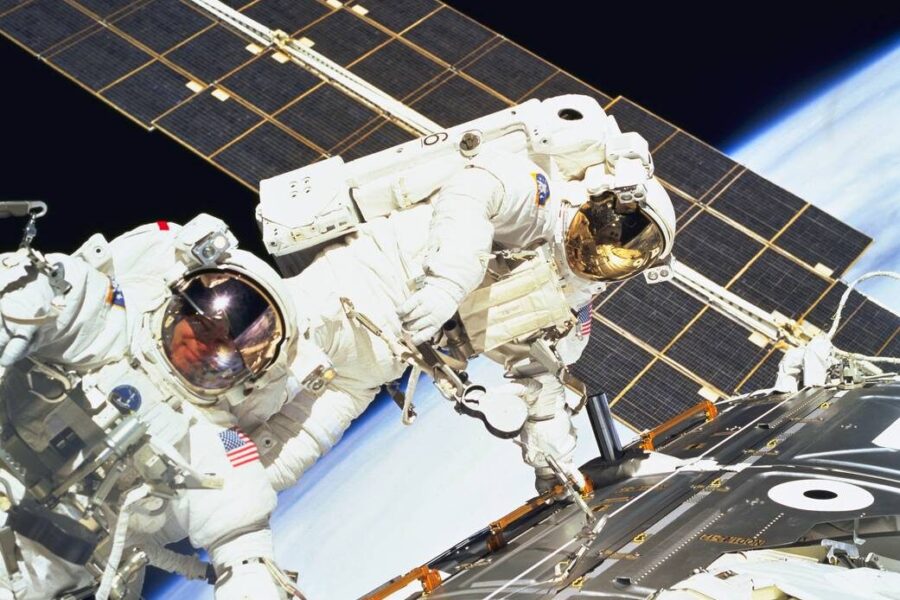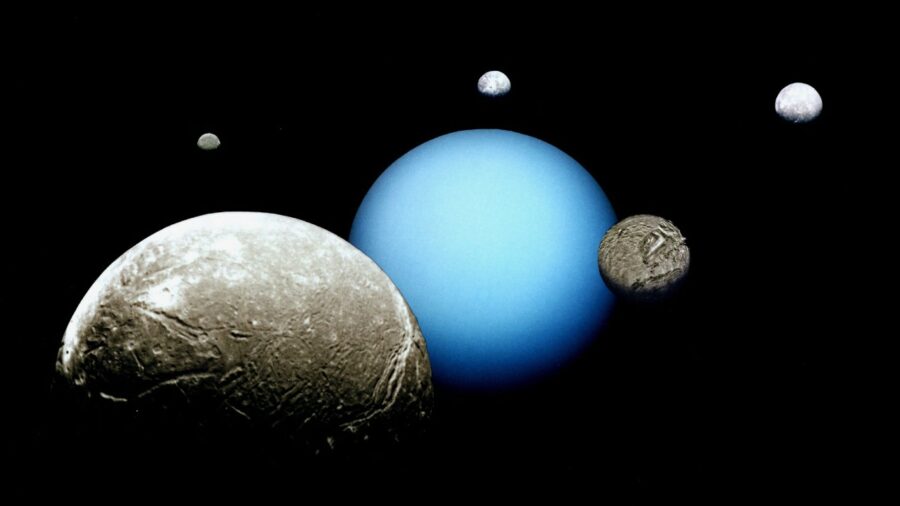NASA Scientist Wants To Explore Inside Uranus
Uranus has not been poked, prodded, or probed by NASA for over 30 years, and one scientist wants to give it the attention it deserves.

Whether you’re a fan of the galaxy far, far away from the adventurous Star Wars films or just a humble traveler marveling at modern science from afar, one thing is for certain: We’re all a little curious about what’s going on in Uranus. NASA hadn’t sent a spacecraft to the distant gas giant in over 30 years when the Voyager 2 conducted a fly-by inspection in 1986. Now according to Science.org, it looks like we may finally be ready to explore the vast unknown cavities of Uranus, using orbiters and probes to conduct thorough examinations.
Uranus is, of course, the seventh planet from our solar system’s sun, named for a deity of Greek mythology, the grandfather of Zeus. With 3.121 billion square miles of surface area, the planet has the fourth-largest planetary mass and third-largest planetary radius in the Solar System. All this is to say, Uranus is absolutely gargantuan and just teeming with oddities to explore.
Without even taking into consideration the 27 moons orbiting the gaseous ice giant, the distant planet contains a plethora of fascinating scientific discoveries to be studied. Since man first stepped foot on the moon in 1969, NASA has been working on greater discoveries across the solar system, including several fascinating discoveries of water and crystals on Mars. This is what NASA scientist Kathleen E. Mandt hopes to replicate with a probe of the distant surface of Uranus, searching for liquid water or varying degrees of solidity across the planet’s vast surface.

The probe in question will also teach children and future generations about the origin of Uranus, such as how long ago it was formed and what process led to its existence. The probe will also seek to investigate how much Uranus has moved from its original position, if at all. Uranus is so large that measuring its trajectory would require hundreds of scientists working round the clock, carefully analyzing the slightest changes in course.
With Voyager 2 currently serving as the only attempted exploration of Uranus, it seems that nobody has had the cheek to take another crack at it until Kathleen E. Mandt submitted her recent proposal to dive into the mysterious world. Mandt’s proposal is being surveyed as part of NASA’s decadal survey, which they conduct every ten years to define the priorities and technological capabilities of modern science to shift their focus towards the most pressing advances possible. The scientific community is just aching to get inside Uranus, as the survey is an incredibly costly but always effective form of gathering groundbreaking information.
A potential exploration of Uranus could uncover mysteries of the Solar system that scientists of yesteryear could only dream of. With the past 30 years yielding untold advancements in science and technology, the future of space exploration could soon mirror that of Christopher Nolan’s cinematic predictions in 2014’s Interstellar. Whether NASA agrees to fund the project and probe boldly where no man has ever probed before, we can rest assured that Uranus may one day be the key to unlocking interstellar space travel into distant galaxies across the universe.












